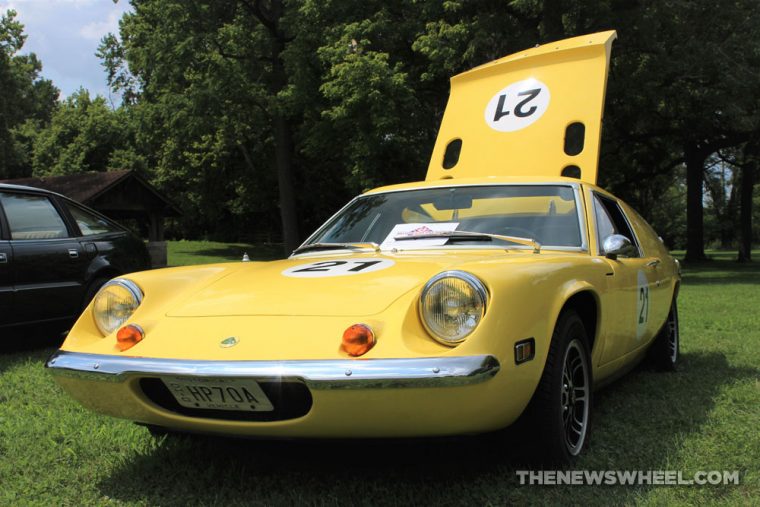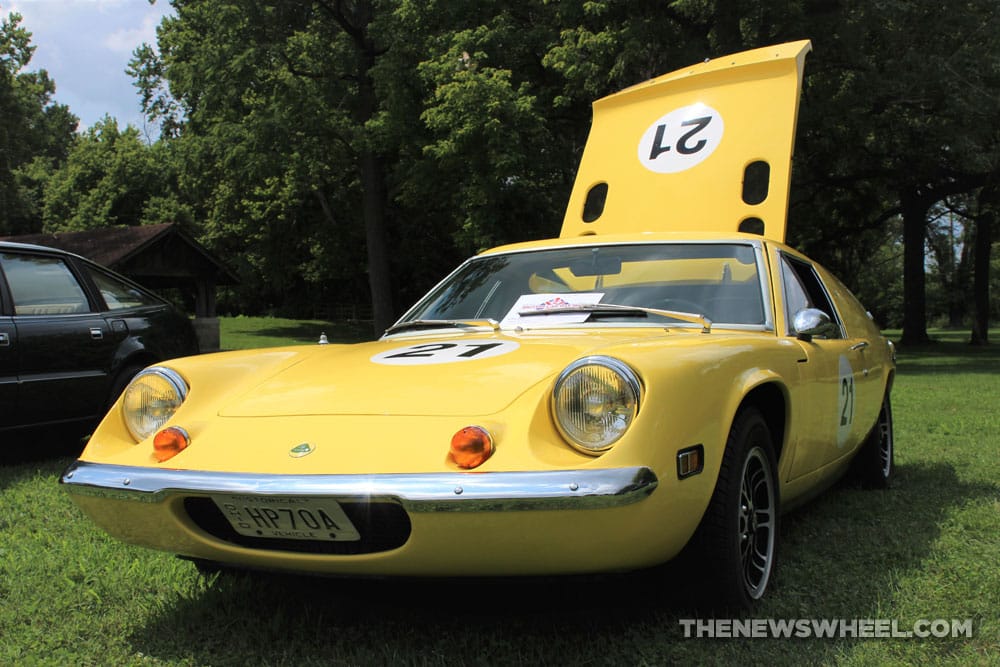
Photo: The News Wheel
You’ve saved up money and done your research. You’re finally ready to buy that vintage car you’ve always dreamed of owning. Just because you’re ready to make ownership a reality, though, doesn’t mean you should buy the first Pontiac GTO you come across. Like any used car, classic models can be money pits, too. Avoid financial pitfalls and scams when buying a used classic car by looking for these telltale signs.
Is It a Wise Idea to Buy a Used Luxury Car? Here’s what the experts say…
Take the car outdoors under full, natural sunlight to give the body a thorough inspection. Check for any signs of rust by the wheel wells, rocker panels, or undercarriage. Also, look for bubbles of rust forming under the paint or off-colored patches of rust that have been masked by touch-up paint.
Did you know that the engine, transmission, and rear axle all have a portion of the VIN number stamped on them? This lets you easily verify that the main components of the vehicle are original. Make sure these numbers match the VIN on the dashboard and door jamb plaques. You should also run the VIN through a vehicle history report system and check the title history and current owner.
Lower mileage cars (under 50,000 miles) should show less interior wear. If the odometer states a low number, but the carpets, headliner, gear shift, and radio buttons show signs of substantial usage, there’s a chance that the odometer has been illegally rolled back.
Welding lines/marks, mismatched metals or color shades, crooked components, and out-of-place paint could all be signs of clip jobs. That’s when a previous owner took parts from another car and fused them onto this classic car, making the final product inauthentic.
What Makes a Car a Classic? Here’s why only certain vintage vehicles are collector’s items
Driving the car around town could reveal some internal issues that the car that you wouldn’t know about otherwise. Listen for unusual sounds and feel if the car is handling improperly. If the current owner refuses to let you take the car for a test drive, even with them riding along, you should be suspicious.
Not all old cars are necessarily classics, and just because the model is a classic doesn’t mean its price should automatically be really high. Do your research beforehand to know what a reasonable price is on the model you’re buying, taking condition, mileage, and trim level into consideration.
Just because you’ve thoroughly researched this model and think about it constantly doesn’t necessarily mean you have the same critical eye that a mechanic or appraiser would. Your enthusiasm for buying your dream car might compel you to overlook warning signs. Look for someone in your neighborhood who’s reputable and familiar with the nuances of classic cars.
Buying a vintage vehicle can be a dream come true, but being duped into buying a phony can quickly turn into a nightmare.
Aaron is unashamed to be a native Clevelander and the proud driver of a Hyundai Veloster Turbo (which recently replaced his 1995 Saturn SC-2). He gleefully utilizes his background in theater, literature, and communication to dramatically recite his own articles to nearby youth. Mr. Widmar happily resides in Dayton, Ohio with his magnificent wife, Vicki, but is often on the road with her exploring new destinations. Aaron has high aspirations for his writing career but often gets distracted pondering the profound nature of the human condition and forgets what he was writing… See more articles by Aaron.



